The Great Wall of China, China
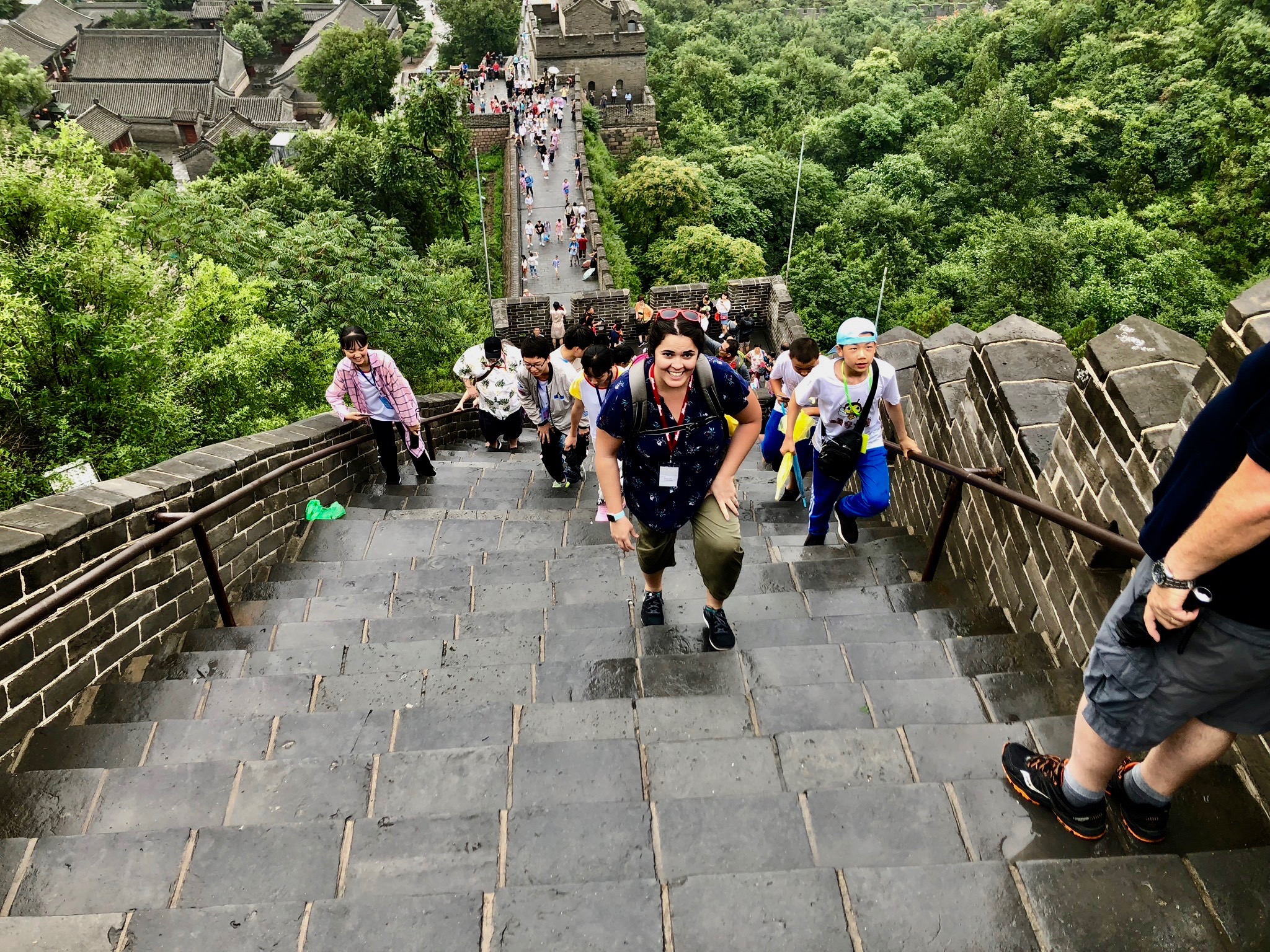



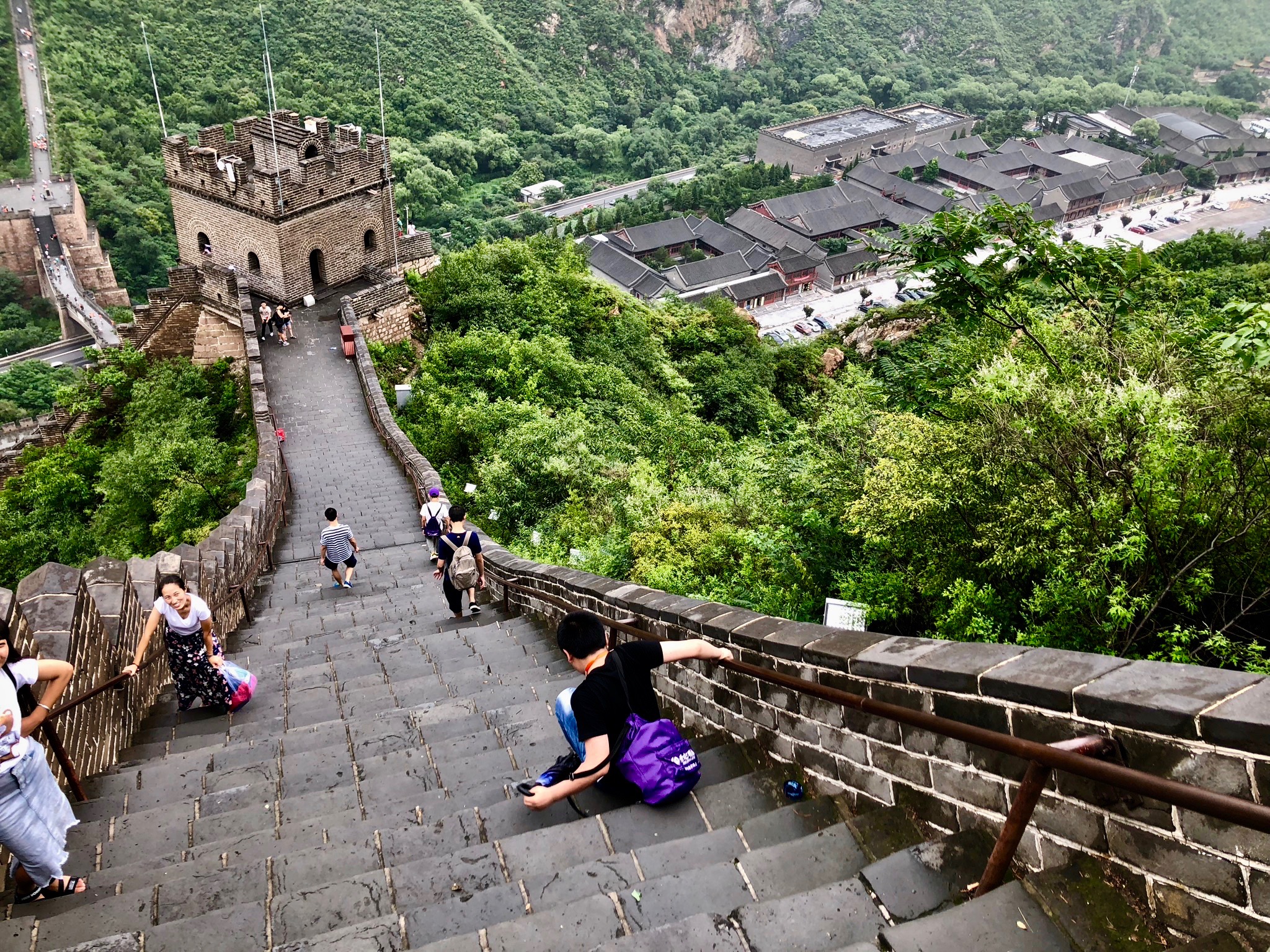

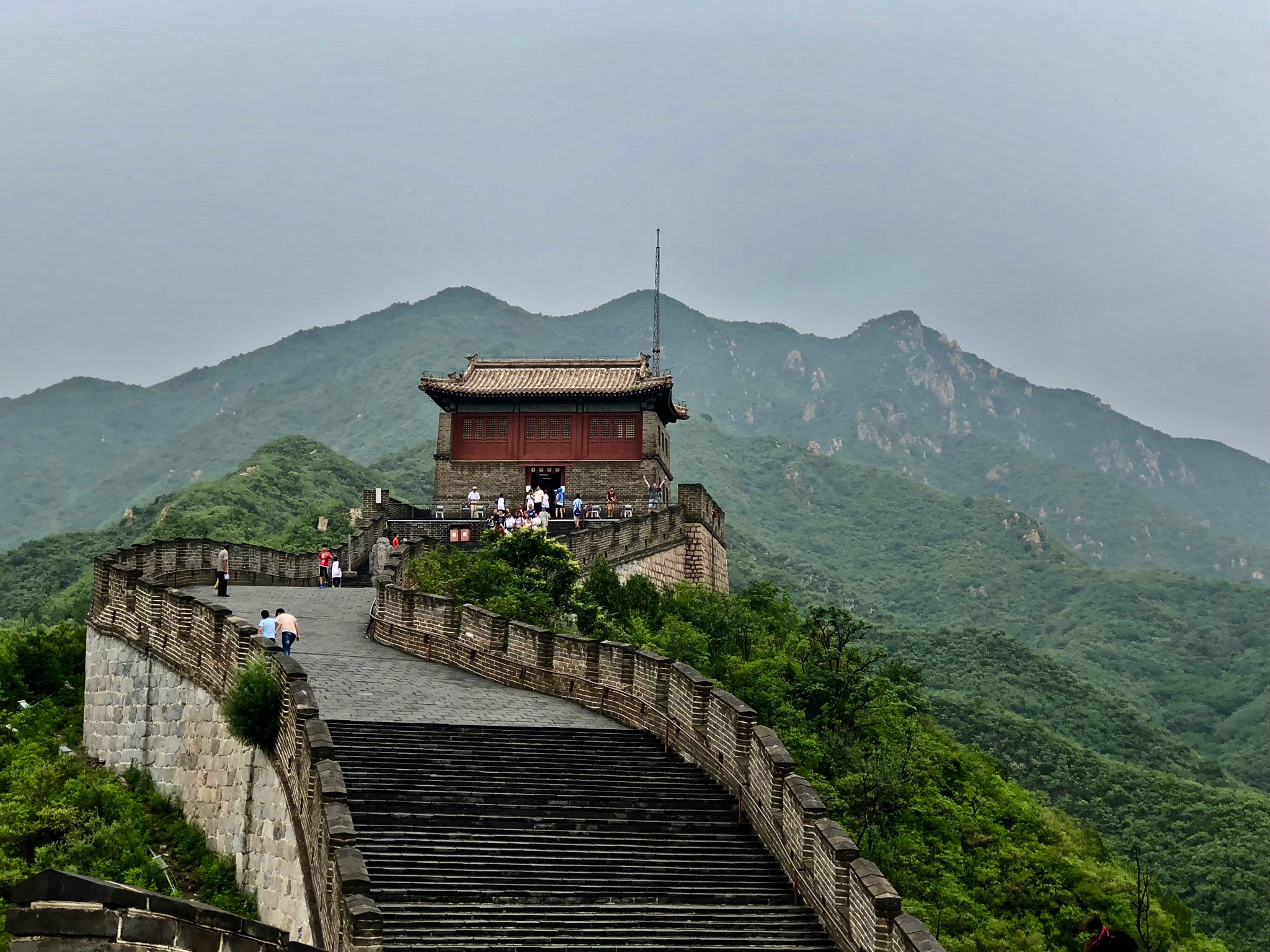
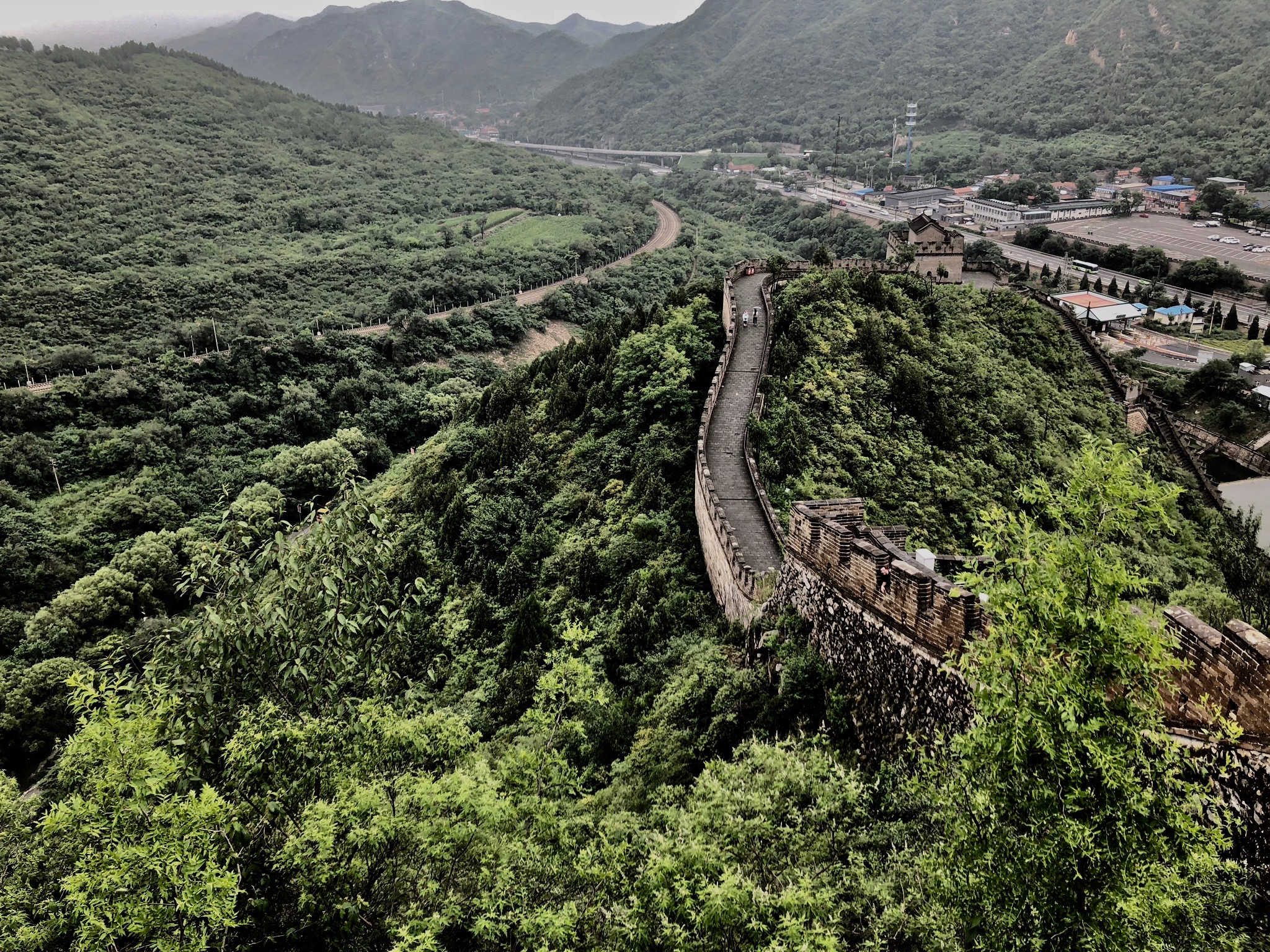
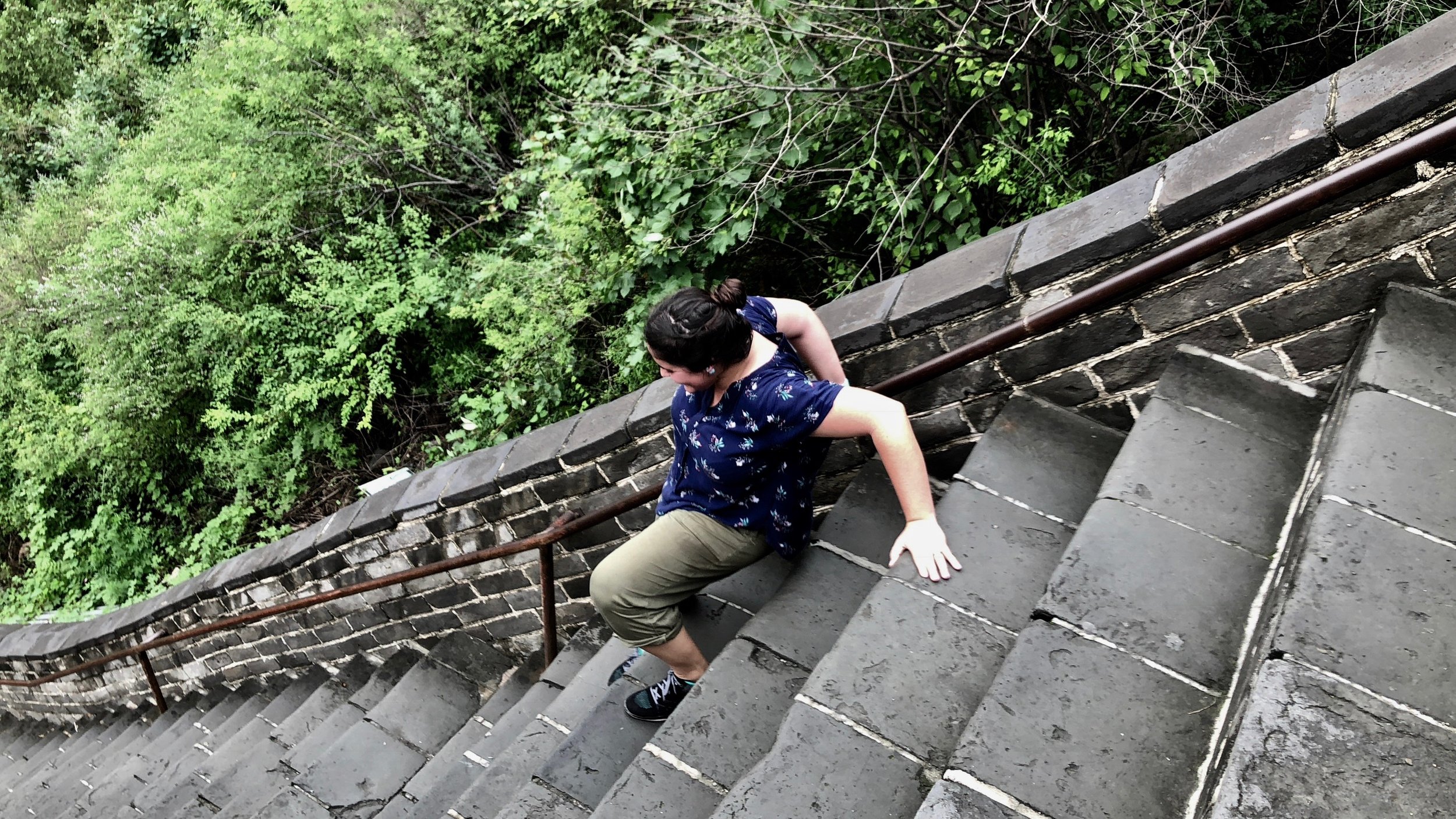
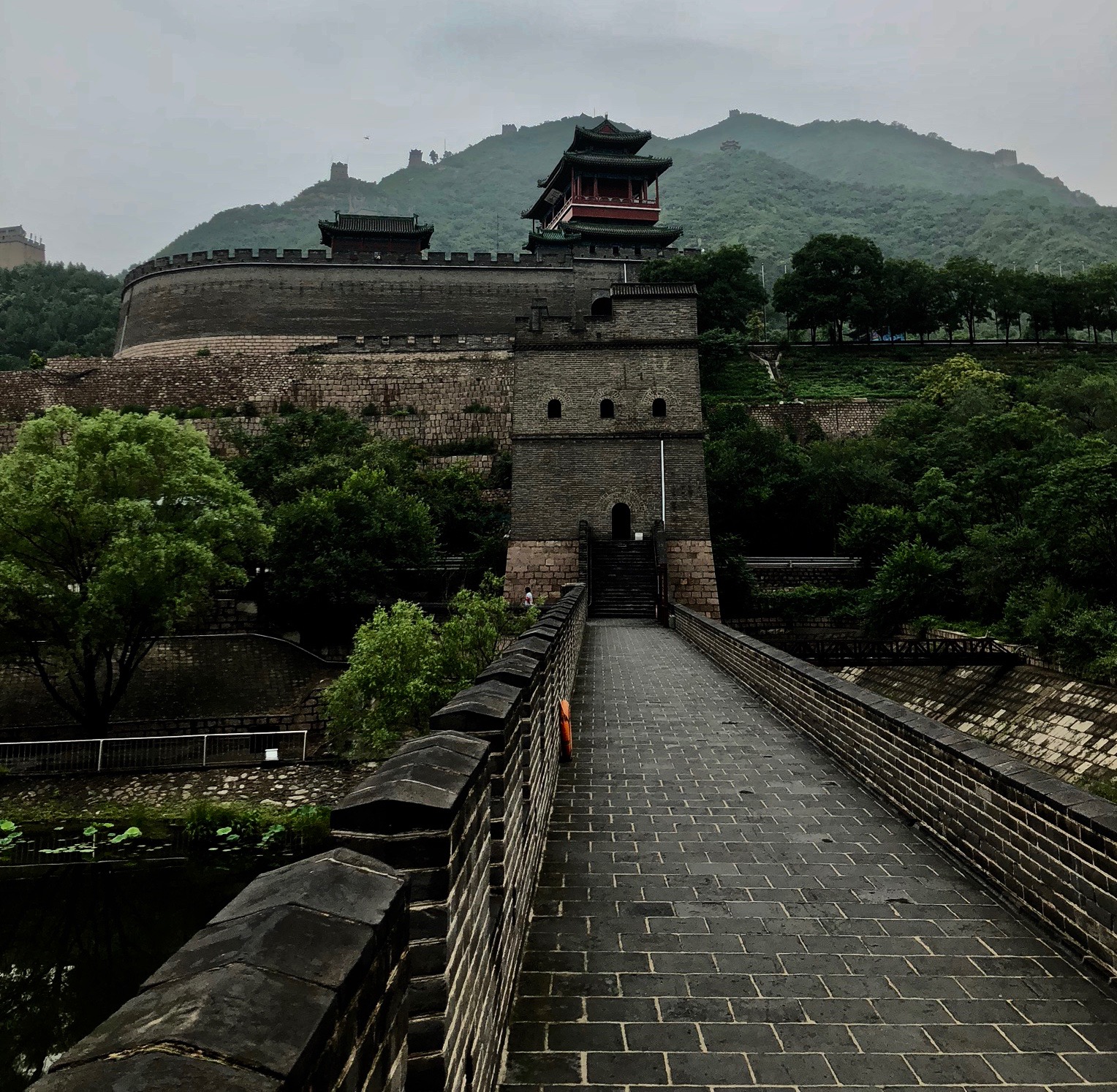
The Great Wall of China is considered to be one of the greatest wonders of the world. It was listed as a World Heritage Site by UNESCO in 1987. Just like a Chinese Dragon, it winds across deserts, grasslands, mountains and plateaus, stretching a total of approximately 21,000 kilometres across China. With a history spanning over 2700 years, some of the sections of the Great Wall are now in ruins or have completely disappeared. However, the Great Wall of China is still on of the most striking attractions in the world due to its architectural grandeur and historical significance.
Built in different areas by different states and dynasties, the Great Wall was built to protect different territorial borders. During the Warring States Period (770 to 221 BC), a Qi State duke first built walls to prevent invasion from other states. After Emperor Qin unified China, he also worked to join the state walls, securing China’s norther border. During the Han Dynasty (206 BC to 220 AD) the Great Wall was extended to protect Silk Road trade. The wall as seen today was mostly built or restored during the Ming Dynasty (1362 to 1644). It starts in Hushan and passes through Liaoning, Hebei, Beijing, Tianjin, Shanxi, Inner Mongolia, Ningxia, Shaanxi, Gansu and Qinghai.
The Great Wall was built with wisdom, dedication, blood, sweat and tears. Families were separated and many workers died and were interred as part of the Great Wall itself. The labour force included soldiers, forcible recruited peasants, convicts and prisoners of war. The Great Wall was built with watchtowers for surveillance, fortresses for command posts and logistics and beacon towers for communication. The wall and its accompanying structures were built with stone, soil, sand and brick delivered by hand, rope, cart or even goat.
There are many sections of the Great Wall that can be visited, depending on your starting location and travelling style. However, the most popular sections of the Great Wall are around Beijing’s north and east.
They include:
Mutianyu
Jinshanling
Jiankou
Simatai
Huanghuacheng
Gubeikou
Juyongguan
Huangyaguan
Shanhai Pass
Badaling
We visited Juyongguan, located about 60 kilometres from Beijing, it is the closest section to Beijing and is wheelchair friendly. It is one of the greatest forts defending ancient Beijing. Genghis Khan led his troops through this pass during his conquest of Chinese territory. To do the entire loop, it took us around 2.5 hours. The uneven steps make the hike up to the highest tower difficult if you are unfit. However, the experience of climbing along this historical masterpiece and the views of the mountains it passes through leave the adventurer changed forever.
Getting there
The Great Wall is located just outside of Beijing and you can get there by public transport, private car or a private or group tour.
From Beijing’s downtown you can take bus line 877 or the S2 train direct to Badaling. You could also take bus 916 Express to Mutianyu with a transfer at Huairou. You can also charter a private car and driver to the sites quite easily. The car rental fee can be anywhere from 700 to 1400 yuan depending on which section you choose to visit.
Joining a private or group day tour is also another choice and can be arranged by most hotels in Beijing.


